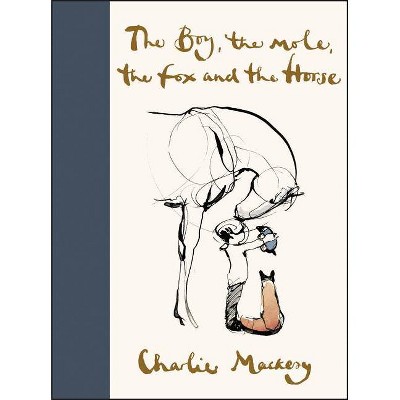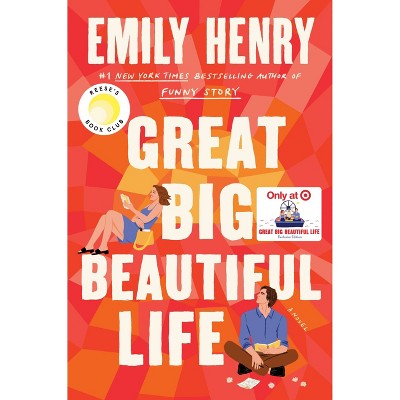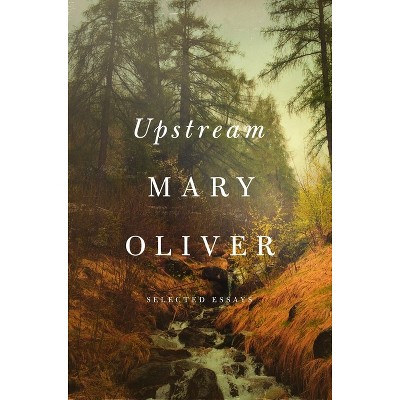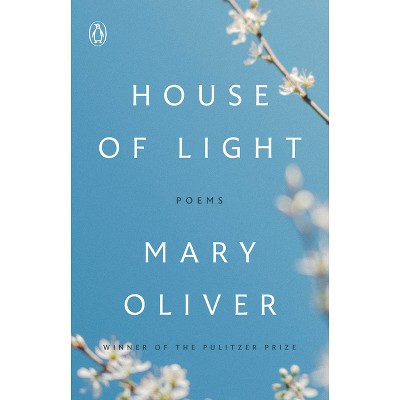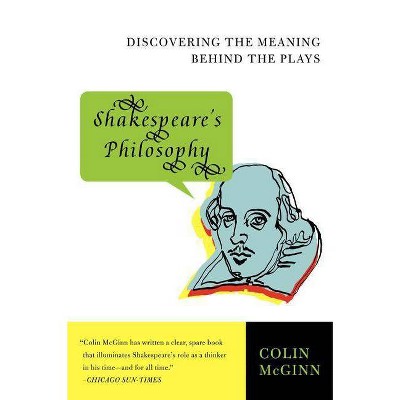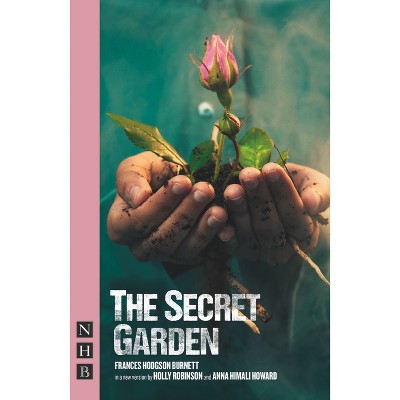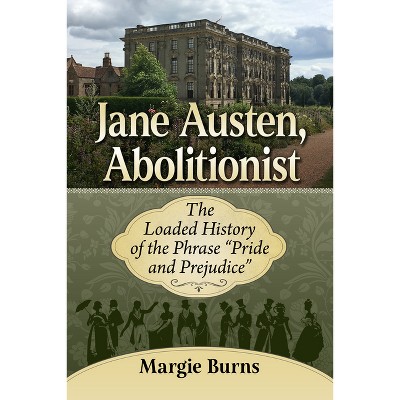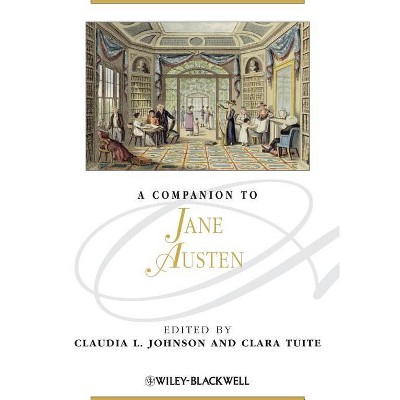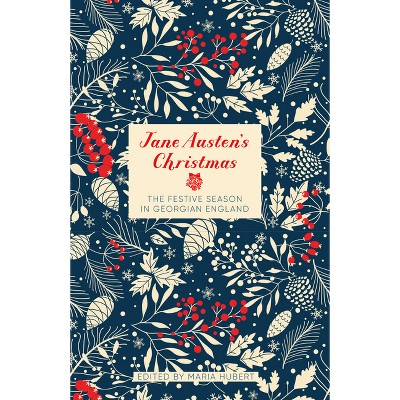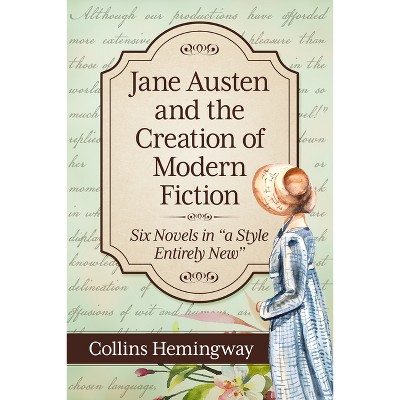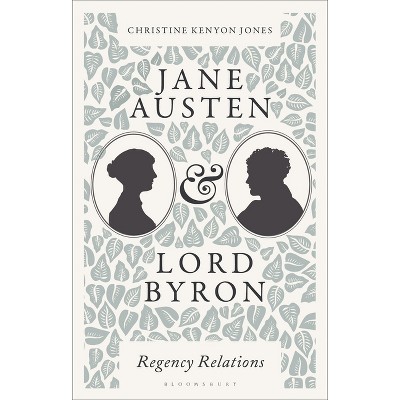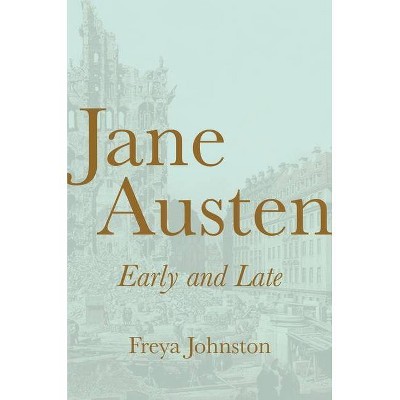Sponsored

Jane Austen on Nature - by Mary Jane Curry (Paperback)
In Stock
Sponsored
About this item
Highlights
- Jane Austen's heroines respond to the power of the natural world, seeking comfort in nature's calm or referencing trees and "verdure"--meaning fresh greenness and fertility--in relation to their awakening self-knowledge and, in most, their sexuality.
- About the Author: Mary Jane Curry has been speaking and writing to general readers as well as scholars about nature and pastoral elements in Austen's fiction for thirty years.
- 192 Pages
- Literary Criticism, European
Description
About the Book
""Wild nature is as important to Jane Austen's heroines as picturesque, altered landscapes. Her heroines respond to the power of the natural world, seeking comfort in nature's calm or referencing "verdure," meaning fresh greenness and fertility, in relation to their awakening sexuality. By transforming elements of pastoral literature, an ancient genre, Austen makes nature integral to the development of her characters. She draws from pastoral tropes, motifs, and structure to depict realities of early nineteenth century life for young women. A study of the pastoral techniques in all of Austen's major works, this book focuses on the interactions between Austen's heroines and the uncontrollable, wild world. As Austen depicts these relationships, her unconventional use of pastoral literature reveals their complexity. Femininity and nature are interwoven; male characters often exploit nature as they exploit women. In the fragment Sanditon, Austen satirizes resort developers who commodify both nature and women. This book demonstrates Austen's transformation of the courtship novel by using pastoral language to illuminate themes of human greed, the inequality between men and women, and the emotional development of young women in the early nineteenth century."-Provided by publisher"--Book Synopsis
Jane Austen's heroines respond to the power of the natural world, seeking comfort in nature's calm or referencing trees and "verdure"--meaning fresh greenness and fertility--in relation to their awakening self-knowledge and, in most, their sexuality.
This book focuses on interactions between Austen's heroines and uncontrollable forces of nature. Gender and nature are interwoven; some upper-class, usually male characters exploit nature as they exploit women. In the fragment Sanditon, Austen satirizes resort developers who commodify both nature and women. This work demonstrates how Austen transformed the Regency novel through pastoral language and structures, illuminating themes of greed, the inequality of institutions and cultural norms, and the emotional development of young women in the early nineteenth century.
Review Quotes
"Both thoughtful and well researched. Succinct and eloquent, this text invites provocative discussion of subject matter without rambling or redundancy. At the same time, Curry provides expansive scholarship from both contemporary and historical source material to support the foundation of her analysis of Austen's ouevre. ... A delightful read, Curry's text stimulates conversation while urging the reader onto the next page. The brevity of the essays in particular would make them highly useful for discussion in classroom instruction. This is an excellent text for the undergraduate readership... While it would be highly instructive in the classroom, it is also a fascinating read for both the casual and die-hard Austen fan. ...highly recommended"--Choice
About the Author
Mary Jane Curry has been speaking and writing to general readers as well as scholars about nature and pastoral elements in Austen's fiction for thirty years. Most of her articles appear in Persuasions: The Journal of the Jane Austen Society of North America (JASNA). She leads occasional discussions for JASNA-North Carolina and founded JASNA Alabama. A retired associate professor (Ph.D. English), she lives in the Great Smoky Mountains of North Carolina.Shipping details
Return details
Frequently bought together
